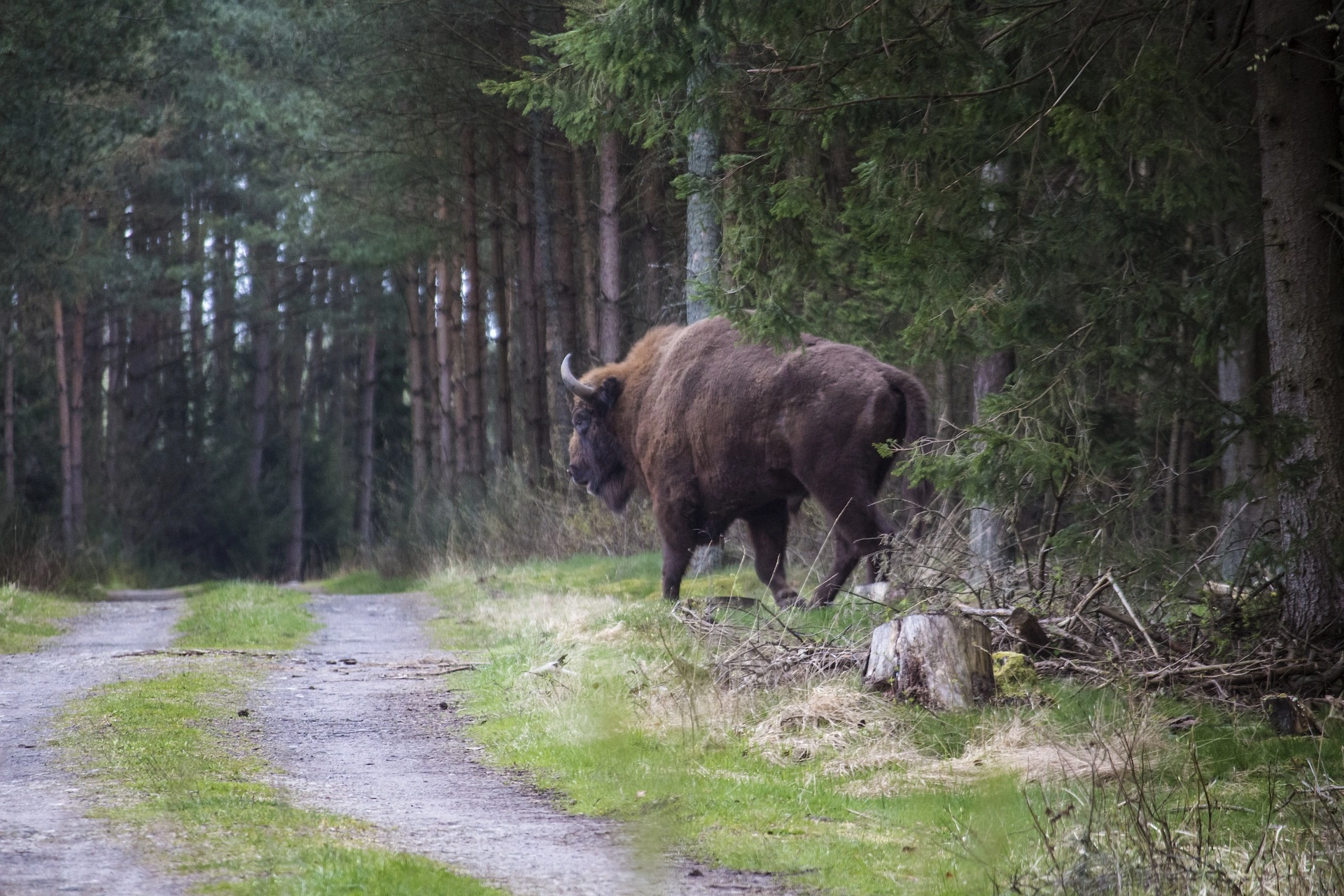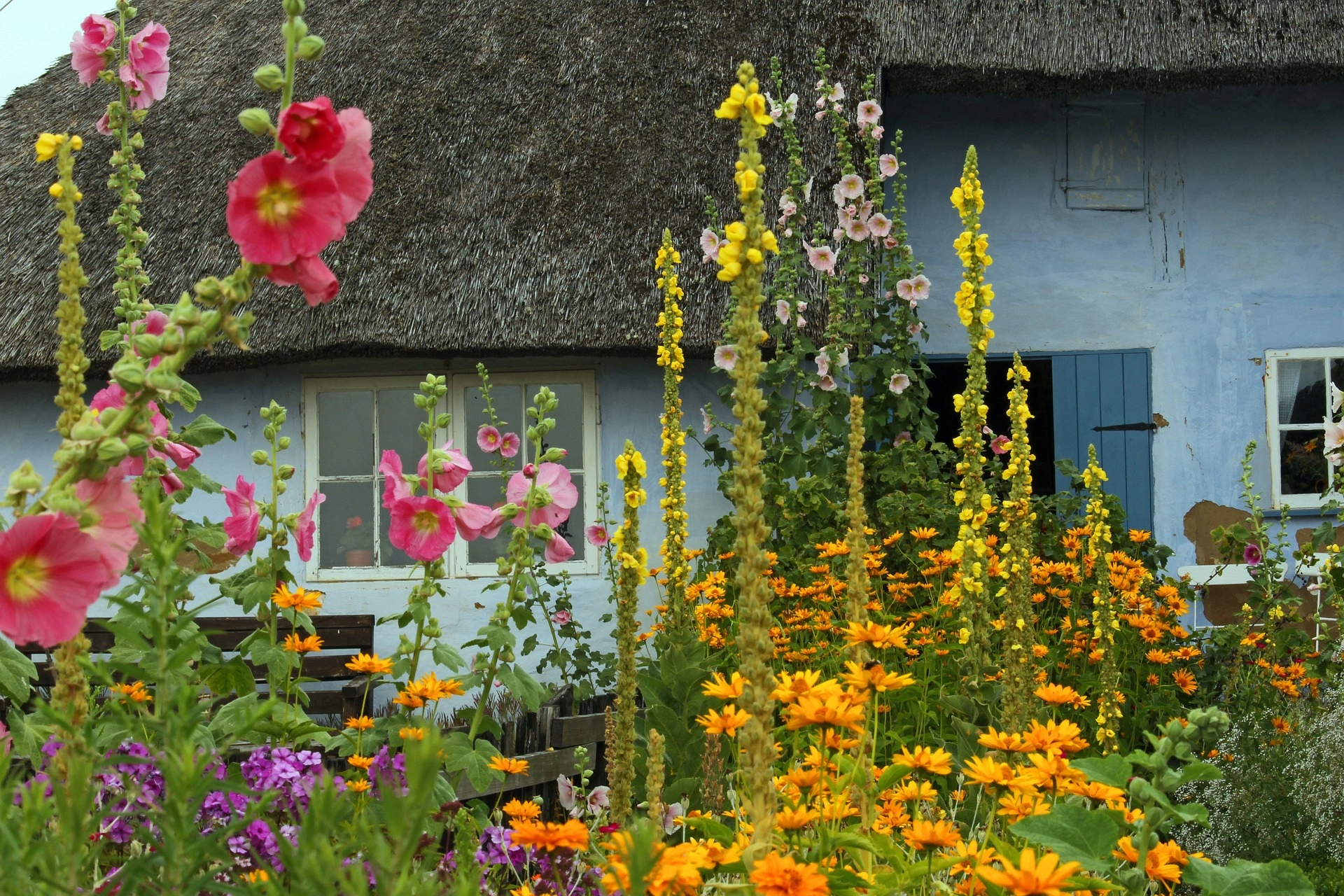Nature knows best
Rewilding is a form of ecological conservation and habitat restoration with little or no human intervention. After an initial kick-off, humans take a step back and leave nature to do what it does best: Be itself. Natural processes then form a self-regulating and self-sustaining stable ecosystem with increased biodiversity. The kick-off is usually the reversal of a previous human intervention: the reintroduction of extinct keystone species, the restoration of connectivity between two habitats, followed by natural processes that restore degraded landscapes, establish natural rhythms, and thereby shape the landscape. These more natural, diverse landscapes then offer many different benefits to nature and people: for example, greater biodiversity and thus increased nature services, as well as a better quality of life at a lower cost.
Through the reintroduction of large herbivores, unique, often lost ecosystems can be revived. Here we present three projects applying this technique on various scales.

The Pleistocene Park – an enclosed reserve running on 16 000 ha in northeastern Siberia
A Siberian mammoth steppe without mammoths
Pleistocene Park in Siberia (RU) was established in the 1980s to restore the pre-historic, highly productive mammoth steppe ecosystem. However, instead of mammoths, reindeer, Yakutian horses and European bison have been (re)introduced to the area. Reviving large grasslands could potentially help with climate change mitigation. Grasslands are good at locking in and storing carbon in the ground, slowing down methane release and thanks to their lighter surface reflecting more sunlight back to space.
Controversial nature paradise in Holland
Oostvaardersplassen (NL) is located around 30 minutes from Amsterdam, in an area intended to be dried for industrial use, but then turned into a nature reserve. It is populated by red deer, wild horses, and is a haven for birdlife with over 78 bird species. The park has faced several public backlashes due to having no prescribed population control measures in place, letting animals die of starvation. Since then, intervention measures were introduced, – going against the park's original ethos and for many against that of rewilding (letting nature take its course).
More large herbivores also soon in Switzerland
The Wisent Thal project aims to bring back the European Bison to the Thal area in the canton of Solothurn (CH). The animals will be privately owned, with the option to offer the animals to the canton after a trial period of ten years and transfer them to wild animal status.

Grow a flower meadow instead of ornamental lawn
A European Bison herd in the garden?
Of course, it does not make sense to introduce large herbivores to your own garden. However, there are other ways you can make your home more nature-friendly and turn it into a biodiversity hotspot. First and foremost, no area is too small, and you don't have to redesign everything. Every little step counts.
- When it comes to maintenance, less is often more; unkempt areas should definitely have their place.
- Do not use artificial fertilizers and pesticides.
- Reduce unnecessary lighting
- Create diverse ecosystems: lean, wet, sandy, shady and many more
- Go for native shrubs and trees
- Grow a flower meadow instead of ornamental lawn
- Use only peat-free soil. Environmentally friendly peat products do not exist. Peat cutting destroys peatlands irretrievably.
- Ensure food all-year long. Try to have plants flowering from spring to fall.
- Create structures to rest, nest and overwinter: wild hedges, dead wood, plant stalks left standing.
- Use unsealed surfaces as habitat. For example, a seating area can be designed with flower gravel lawn instead of flagstones, and parking lot with grass pavers instead of asphalt.
- Avoid barriers and traps for small animals
Rewilding for everyone
Even if you don’t have a garden, no balcony, or simply have no green thumb, you can support rewilding in your own way. Become a member of an association supporting or promoting rewilding, natural gardens, or just conservation in your area. Become knowledgeable and tell all your friends, family, coworkers and people you happen to meet. Be the change you want to see.
Co-author: Krisztina Toth